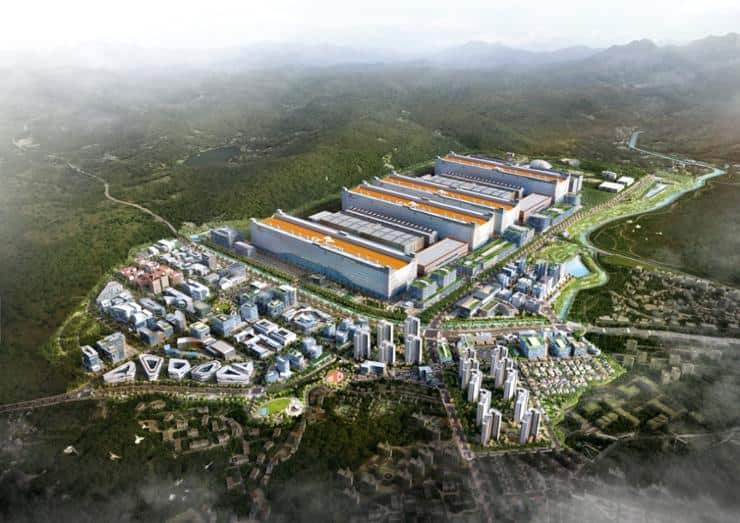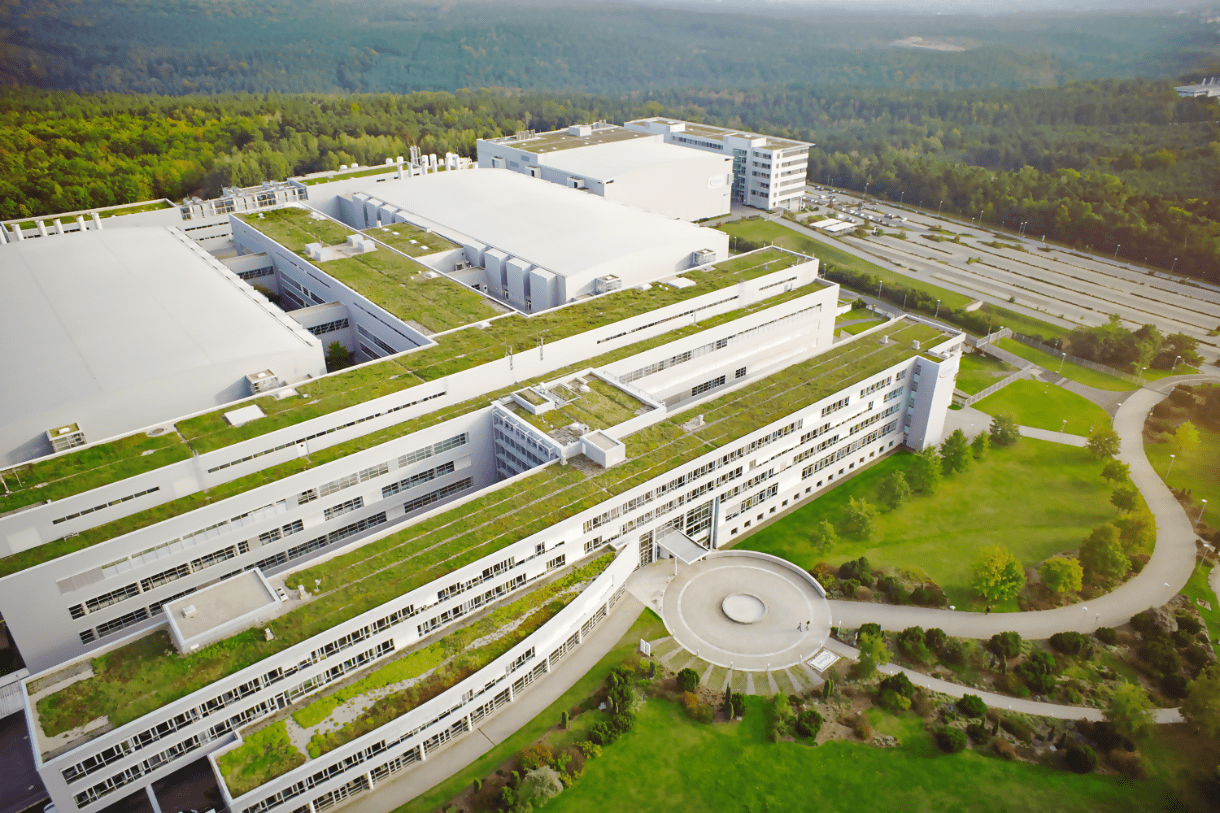
South Korea embarks on an ambitious journey to dominate the global semiconductor market with a colossal $471 billion investment. The plan will transform Gyeonggi Province into a mega chip cluster, boasting 16 new fabs and generating an estimated 3 million jobs. Slated to produce 7.7 million wafers monthly by 2030, this industrial titan aims to seize 10 percent of the worldwide system semiconductor market.
The government’s blueprint includes significant infrastructure support, ensuring steady electricity and water supplies, bolstered by tax exemptions for pioneering chip technologies. With a vision to significantly boost its semiconductor exports, South Korea sets the stage for a technological renaissance that could reshape the industry’s global landscape.
An unparalleled investment in technology
The South Korean government’s investment in Gyeonggi Province is a bid for technological advancement and a strategic move to secure economic prosperity. The 622 trillion won ($471 billion) earmarked for the project underscores a commitment to industrial growth reverberating through the nation’s economic forecasts. Samsung Electronics leads the charge with a 360 trillion won investment to construct six fabs, while SK Hynix follows suit with plans for four facilities for 122 trillion won. The synergy between private sector giants and government reflects a unified front to propel South Korea to the forefront of the semiconductor industry.
A surge in job creation and self-sufficiency
The mega chip cluster is poised to be more than a manufacturing powerhouse; it’s a job creation engine. The construction phase alone will create 70,000 jobs, with the ripple effect expected to generate employment for 3.46 million people. This ambitious initiative aligns with President Yoon Suk Yeol’s vision for a robust economy underpinned by high-tech industries. Further, the goal to lift self-sufficiency in key materials to 50 percent by 2030 is a strategic move to reduce reliance on global supply chains, which have shown vulnerability in recent times.
Strategic infrastructure
A project of this scale requires meticulous planning, especially regarding the provision of utilities. The South Korean government assures that the new cluster will receive adequate power, largely sourced from nuclear plants, to ensure uninterrupted operations. Moreover, the Ministry of Trade, Industry and Energy promises sufficient water supply, a critical component in semiconductor fabrication. This infrastructure is complemented by tax incentives designed to foster innovation in chip technologies.
Positioning for global leadership
The new cluster’s impact extends beyond economic metrics. Minister of Science and ICT Lee Jong-ho highlighted the project’s significance in propelling South Korea as a leader in an industry where precision is paramount. By capturing a projected 10 percent of the global system semiconductor market, South Korea would increase its market share and influence the direction of technological trends. The cluster’s completion will mark South Korea’s transformation into a linchpin of the global semiconductor ecosystem.







